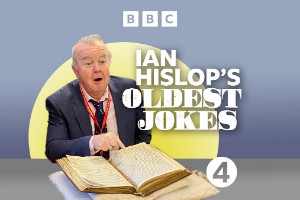
Ian Hislop's Oldest Jokes
- Radio factual
- BBC Radio 4
- 2024
- 10 episodes (1 series)
The satirist examines the earliest examples of British humour. Features Ian Hislop.

The satirist examines the earliest examples of British humour. Features Ian Hislop.